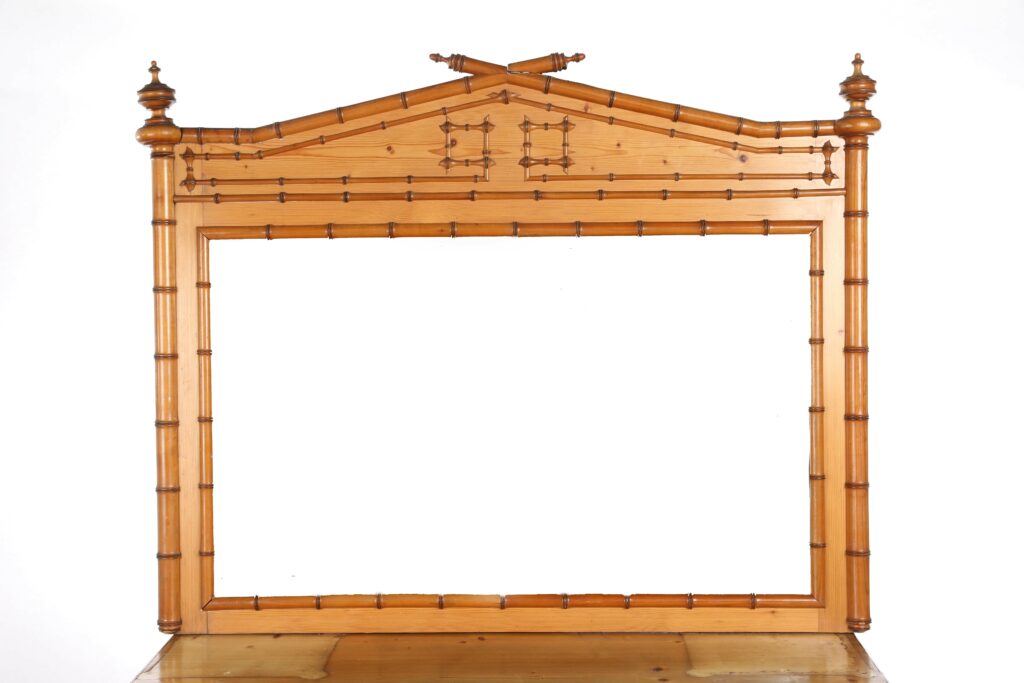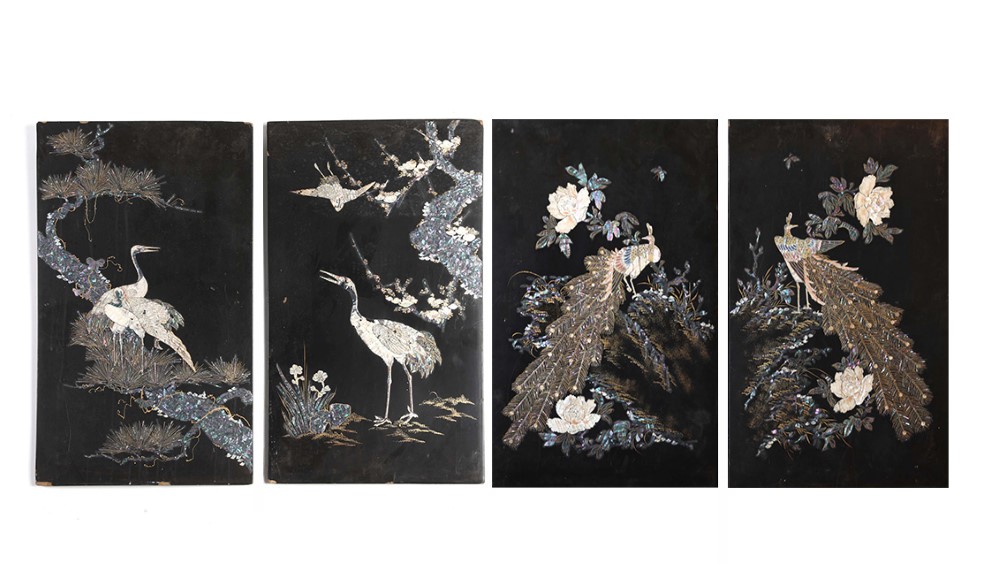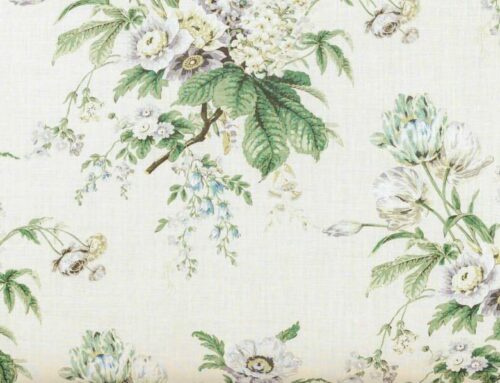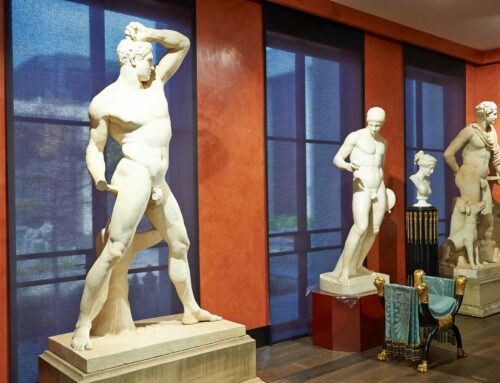What is Chinoiserie and why the fascination?
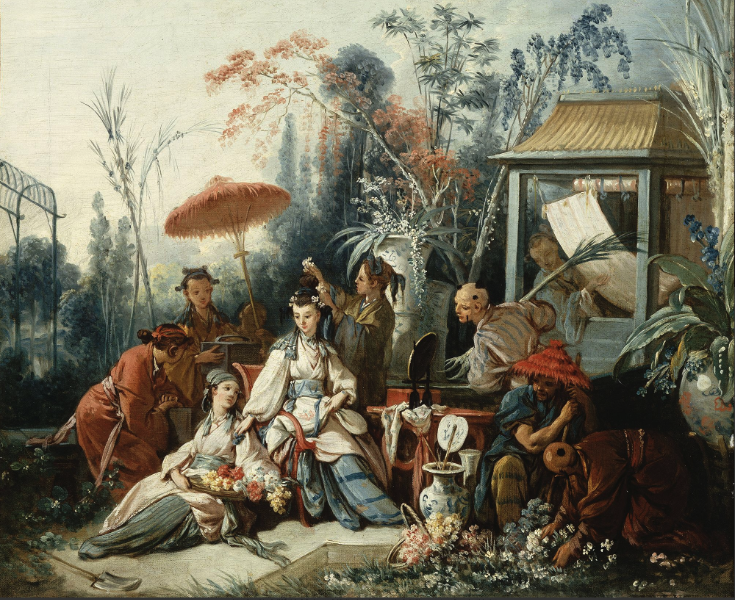 Chinoiserie design is undoubtedly one of the most beautiful, depicting elaborate Chinese characters, exotic animals, birds, boats, flowing water and blossoming trees. Originating from the 17th and 18th centuries, it is an intriguing genre. Since its inception, chinoiserie design has had various incarnations, but its essential aesthetic has remained and its influence has remained through modern classical interior design. Some of the most notable furniture and interior designers that popularised the style included designer and cabinetmaker Thomas Chippendale The Gentleman and Cabinet-maker’s Director (1754) and Francois Boucher and Sir William Chambers.
Chinoiserie design is undoubtedly one of the most beautiful, depicting elaborate Chinese characters, exotic animals, birds, boats, flowing water and blossoming trees. Originating from the 17th and 18th centuries, it is an intriguing genre. Since its inception, chinoiserie design has had various incarnations, but its essential aesthetic has remained and its influence has remained through modern classical interior design. Some of the most notable furniture and interior designers that popularised the style included designer and cabinetmaker Thomas Chippendale The Gentleman and Cabinet-maker’s Director (1754) and Francois Boucher and Sir William Chambers.
Travelling abroad in 16th and 17th century Europe was uncommon for most of the population. People were fascinated by foreign objects from distant lands, and with spice routes to China and India opening up, chinoiserie design was to develop.
As word of sophisticated Chinese porcelain and lacquering techniques travelled through Europe, and the Indian textile trade and tea trades took off, so did a growing fascination for the “exotic orient” and its commodities – from the porcelain pottery (still referred to today as ‘China’) to textiles, furniture and art. Thus developed chinoiserie design.
(image: Realhomes.com)
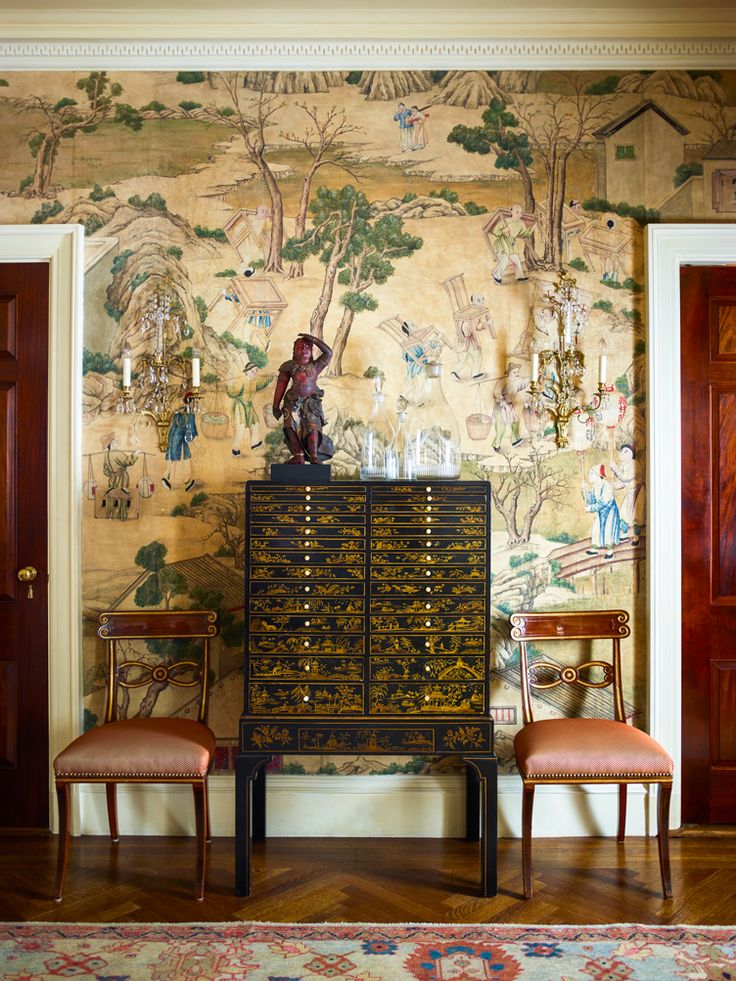 Chinoiserie design, the new aesthetic was a breath of fresh air at a time when European art and design was experiencing a rebirth. It was Louis XVI who built the Trianon de Porcelaine near Versailles, and is considered to be the first Chinoiserie building in Europe. After its construction, chinoiserie design swept through Europe in the 17th and 18th century, and peaked in popularity from 1750 – 1765. It was seen across furniture, fabric and pottery, porcelain and interior design…appearing as subject matter in fine art. While chinoiserie motifs were based on reality, much of it is an unwitting fantastical blend of 16th century Indian, Japanese and Chinese life – in other words, chinoiserie is an interpretation of the “exotic orient” through a 17th century European lens. Artist Francois Boucher produced one of the most famous examples of chinoiserie in his 1741 masterpiece, Le Jardin Chinois pictured below.
Chinoiserie design, the new aesthetic was a breath of fresh air at a time when European art and design was experiencing a rebirth. It was Louis XVI who built the Trianon de Porcelaine near Versailles, and is considered to be the first Chinoiserie building in Europe. After its construction, chinoiserie design swept through Europe in the 17th and 18th century, and peaked in popularity from 1750 – 1765. It was seen across furniture, fabric and pottery, porcelain and interior design…appearing as subject matter in fine art. While chinoiserie motifs were based on reality, much of it is an unwitting fantastical blend of 16th century Indian, Japanese and Chinese life – in other words, chinoiserie is an interpretation of the “exotic orient” through a 17th century European lens. Artist Francois Boucher produced one of the most famous examples of chinoiserie in his 1741 masterpiece, Le Jardin Chinois pictured below.
(image: artvee.com)
What is Chinoiserie and it is still loved today?
Chinoiserie design is very beautiful, detailed and as timeless as it is interesting, with little scenes that tell a story. It has movement and depth, it can be colourful and engaging to the eye and can it can be adapted to both formal and informal interiors. From a design perspective, it introduces colour and interest to a more modern interior and while maximalist in nature, it can be paired back to provide a modern twist. Chinoiserie is surprisingly versatile and can integrate with traditional or modern styles, all that is required is a keen eye to achieve the right balance and scale. Some examples below:
One of our favourite chinoiserie wallpaper suppliers and producers, and surely one of the finest in the world, has to be the beautiful DeGournay.
Have a browse through each piece below or come by the showroom for a visit in person.
